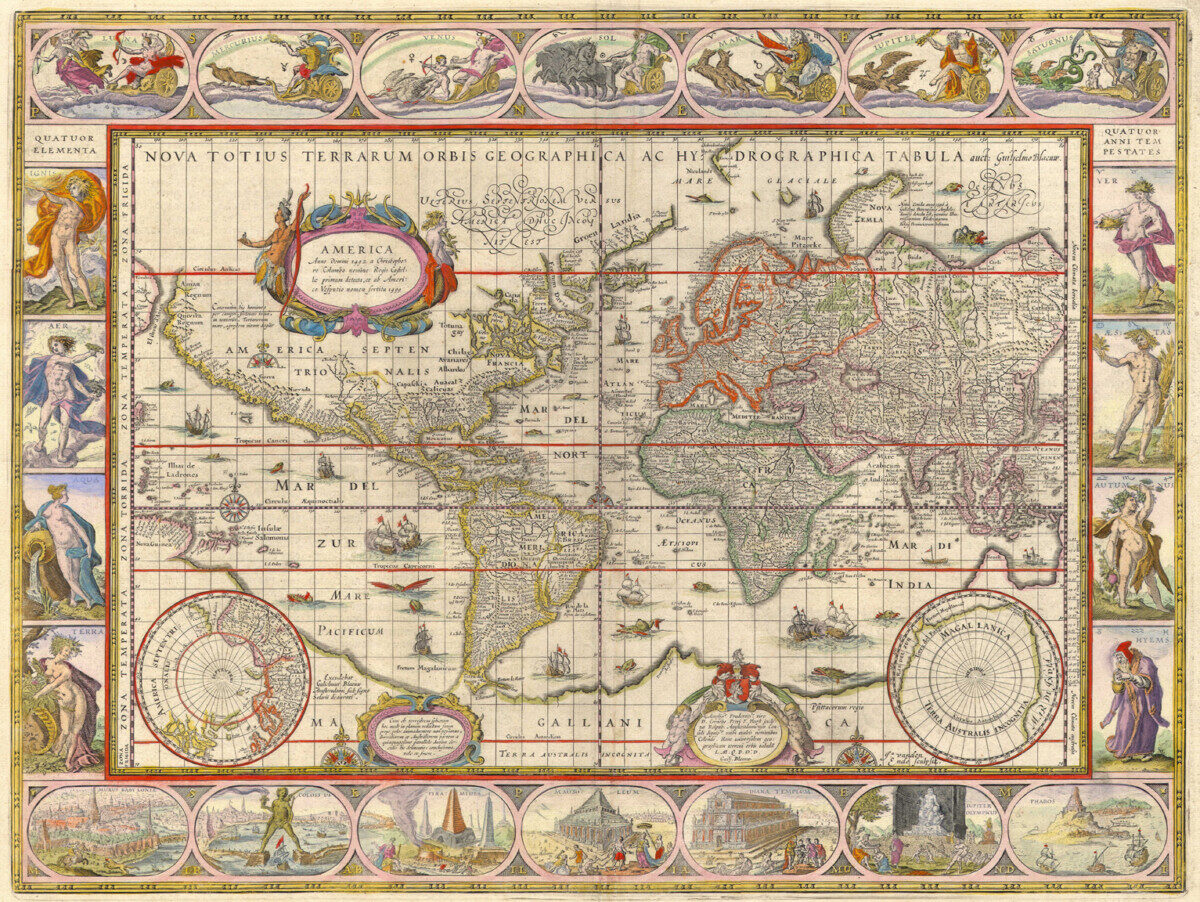Hannah Im | Discussion Post #6
Films have the potential to portray a nuanced aspect of history and deliver them to audiences visually. These types of films are often the exception rather than the standard, as social and political historical events are difficult to translate into modern terms. Roland Joffé’s The Mission attempts to do so, and considers the Jesuit order’s impact on the Guaraní in a nuanced way. A piece of written long-form media, such as a book or peer-reviewed article, has the capability to encapsulate all facets of a historical problem. Gauvin Bailey’s book is an example of this, as it takes a neutral tone and highlights the Guaraní people’s well-established culture.
For its time, The Mission does a fine job of acknowledging the racist undertones of imperialism. The film first highlights the sentiments of upper officials and their tendency to dehumanize indigenous populations, and it acknowledges both the dangers of political and religious imperialism. When the narrator wonders whether the Guaraní people wished the Jesuits had never come, The Mission attempts to be nuanced.
Solely looking at an art object can be dangerous because the piece’s nuanced history and/or associations with imperialism are not necessarily revealed. Engaging with long-form media, like books or peer-reviewed journal articles, is imperative. Film may also be a good complement but with many exceptions. A common criticism of Joffé’s film is that it focuses on the visual aspects of storytelling rather than the story itself. Films that sacrifice the nuance required to tell a historical story in favor of cinematography, star power, or music, are likely bad candidates for a “public humanities resource.”
